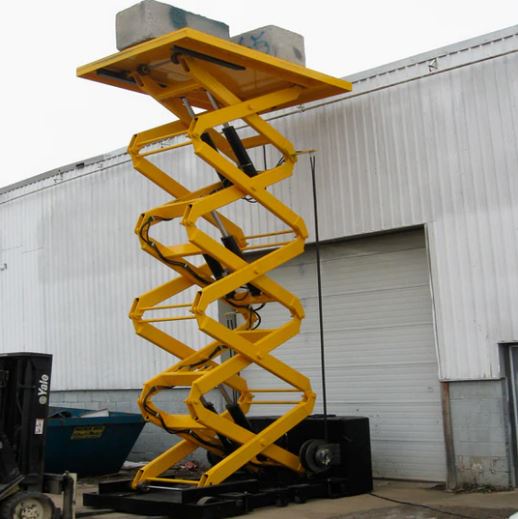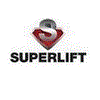The requirement for advanced material handling equipment surged, and in recent times, it has shot up due to the skyrocketing consumer requirements throughout the world. A hydraulic scissor lift is one of such highly demanding material handling equipment that can significantly deliver a stress-free material handling experience to the people involved with these tasks. They offer several advantages, making them a much more popular and demanding choice for lifting and moving heavy loads in warehouses, construction sites, factories, and many other places.
Components of hydraulic scissor lift
Here are the components of a hydraulic scissor lift that make it functional.
Scissor Structure
The scissor lift consists of a framework formed by multiple linked arms. These arms are typically made of sturdy steel and are arranged in a crisscross or X-shaped pattern when viewed from the side. The number of arms and their size can vary depending on the lift's design and load capacity.
Hydraulic Cylinder
The hydraulic cylinder mainly remains at the base of the scissor lift, and this cylinder contains the hydraulic fluid and a piston. When the hydraulic pressure is applied to the existing piston, it moves either up or down within the cylinder, depending on the direction of the pressure. This movement is what powers the scissor lift's vertical motion.
Hydraulic Scissor Lift Platform
The platform or work surface is attached to the top of the scissor structure. This is where the load or materials to be lifted are placed. The platform is usually equipped with safety features such as guardrails to protect workers and materials during lifting operations.
Operation of the Hydraulic Scissor Lift
The operation of the hydraulic scissor lift can be explained in the following steps.
Initial Position
In the resting position, the scissor lift is mainly in a fully lowered state, with the platform at its lowest point. The hydraulic cylinder piston is retracted, and the system has minimal hydraulic pressure.
Lifting Phase
When it comes to raising the platform, hydraulic fluid is pumped into the hydraulic cylinder. This creates pressure on one side of the piston, causing it to extend. As the piston extends, it pushes against the bottom set of arms of the scissor structure, which begins to unfold. This unfolding action is what gives the lift its upward motion.
Extension of Arms
When the bottom set of arms extends, they push against the middle set of arms, which, in turn, extend and push against the top set of arms. This sequential extension of the scissor arms causes the platform to rise vertically. The scissor-like arrangement of arms ensures that the platform moves in a straight line, maintaining stability during the lift.
Lifted Position
The scissor lift continues to rise until it reaches the intended point. The hydraulic cylinder maintains pressure to keep the platform at the desired elevation. The lift can be stopped and locked in place at any height within its lifting range.
Lowering Phase
To lower the platform, the hydraulic pressure in the cylinder is reduced. Thus, it allows the weight of the platform and the load to overcome the hydraulic pressure, causing the piston to retract slowly. As the piston retracts, the scissor arms fold back together, lowering the platform in a controlled manner.
Return Back To The Resting Position
Once the platform has reached its fully lowered position, the hydraulic system can be wholly depressurized, and the scissor lift is ready for the next operation. This is all about the operation procedure of a hydraulic scissor lift.
The hydraulic scissor lift mechanism allows for precise vertical movement control, making it suitable for different material handling and access applications. The simplicity and reliability of the hydraulic system, combined with the stability of the scissor structure, make hydraulic scissor lifts a popular choice in industries where heavy lifting and controlled elevation are needed.


No comments yet